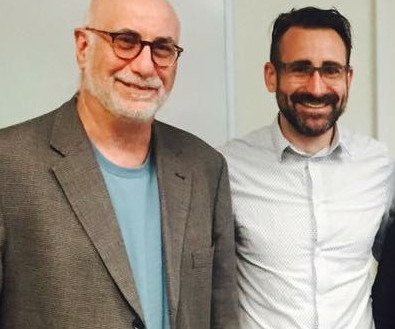A Forgotten Chapter in Human Evolution: The Hidden Ancestry of Modern Humans
Anthropology.net
MARCH 18, 2025
For decades, the story of modern human origins seemed relatively straightforward: Homo sapiens emerged in Africa roughly 300,000 years ago, evolving as a single, continuous lineage before expanding across the globe. These groups were apart for a million years—longer than modern humans have been on the planet."



















































Let's personalize your content